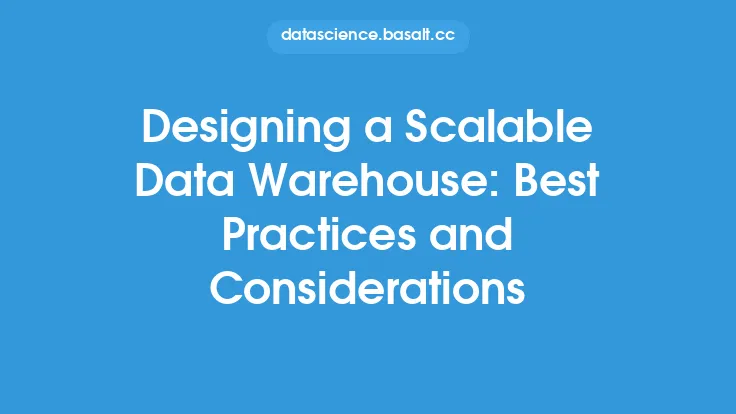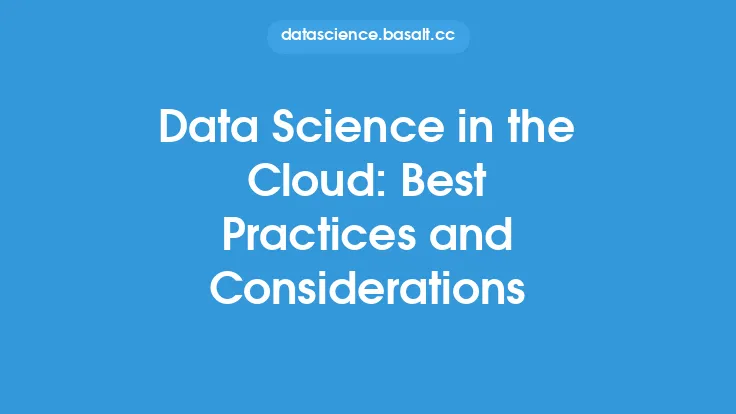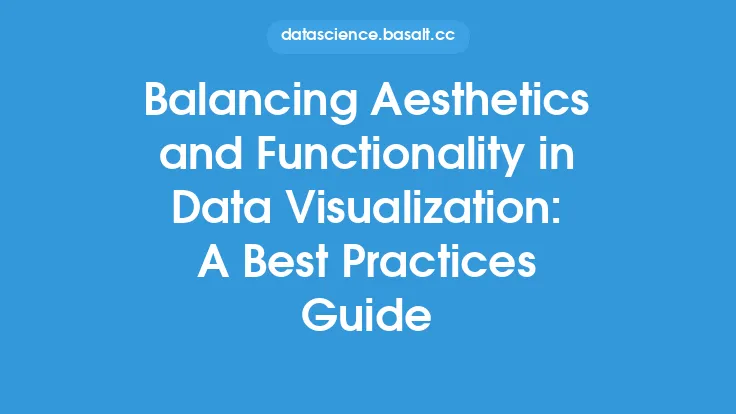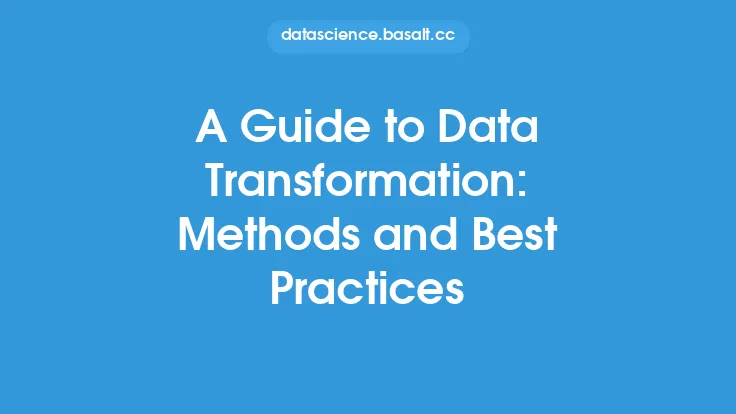When it comes to managing and analyzing large amounts of data, organizations often find themselves at a crossroads, trying to decide between building a data warehouse and creating a data lake. While data warehouses are designed to store processed and structured data, data lakes are built to handle raw, unprocessed data in its native format. In this article, we will delve into the world of data lakes, exploring the best practices and considerations for building a data lake that meets the needs of your organization.
Introduction to Data Lakes
A data lake is a centralized repository that stores all types of data, including structured, semi-structured, and unstructured data, in its raw form. This allows organizations to store and manage large amounts of data from various sources, such as social media, IoT devices, and applications, without having to worry about the data's structure or format. Data lakes are designed to be scalable, flexible, and cost-effective, making them an attractive option for organizations looking to manage and analyze large amounts of data.
Benefits of Data Lakes
Data lakes offer several benefits, including the ability to store and manage large amounts of data, improved data discovery and exploration, and enhanced data analytics capabilities. With a data lake, organizations can store data in its raw form, without having to worry about processing or transforming it, which allows for faster data ingestion and processing. Additionally, data lakes provide a centralized repository for all types of data, making it easier to discover and explore data, and to identify patterns and relationships that may not be apparent through traditional data analysis methods.
Data Lake Architecture
A typical data lake architecture consists of several layers, including data ingestion, data storage, data processing, and data analytics. The data ingestion layer is responsible for collecting data from various sources and ingesting it into the data lake. The data storage layer provides a centralized repository for storing and managing data, while the data processing layer is responsible for processing and transforming data into a usable format. The data analytics layer provides tools and technologies for analyzing and visualizing data, such as data visualization tools, machine learning algorithms, and statistical models.
Data Lake Storage Options
When it comes to storing data in a data lake, organizations have several options to choose from, including object storage, file storage, and block storage. Object storage, such as Amazon S3 or Azure Blob Storage, is ideal for storing large amounts of unstructured data, such as images, videos, and documents. File storage, such as Hadoop Distributed File System (HDFS) or Network File System (NFS), is suitable for storing structured and semi-structured data, such as CSV files or JSON files. Block storage, such as Amazon EBS or Azure Disk Storage, is typically used for storing data that requires low-latency and high-performance, such as databases or virtual machines.
Data Lake Security and Governance
Data lake security and governance are critical components of a data lake architecture, as they ensure that data is properly secured, managed, and governed. This includes implementing access controls, such as authentication and authorization, to ensure that only authorized users can access and manipulate data. Additionally, data lake governance involves establishing policies and procedures for data management, such as data quality, data lineage, and data retention, to ensure that data is accurate, reliable, and compliant with regulatory requirements.
Data Lake Data Processing and Analytics
Data lake data processing and analytics involve using various tools and technologies to process, transform, and analyze data stored in the data lake. This includes using data processing frameworks, such as Apache Spark or Apache Flink, to process and transform data, as well as using data analytics tools, such as data visualization tools or machine learning algorithms, to analyze and visualize data. Additionally, data lake data processing and analytics involve using data science tools, such as Jupyter Notebooks or Apache Zeppelin, to explore and analyze data, and to build predictive models and machine learning algorithms.
Best Practices for Building a Data Lake
When building a data lake, there are several best practices to keep in mind, including starting small, using a scalable architecture, and implementing robust security and governance measures. Additionally, it's essential to establish clear data management policies and procedures, such as data quality, data lineage, and data retention, to ensure that data is accurate, reliable, and compliant with regulatory requirements. Furthermore, it's crucial to provide training and support for users, to ensure that they can effectively use the data lake and its tools and technologies.
Common Challenges and Pitfalls
When building a data lake, organizations often encounter several challenges and pitfalls, including data quality issues, data governance challenges, and scalability and performance problems. Data quality issues can arise from poor data ingestion, processing, or storage practices, while data governance challenges can result from inadequate security, access controls, or data management policies. Scalability and performance problems can occur when the data lake is not designed to handle large amounts of data or high-performance workloads, which can lead to slow data processing, poor data analytics performance, or even data loss.
Conclusion
Building a data lake requires careful planning, design, and implementation, as well as ongoing maintenance and management. By following best practices, such as starting small, using a scalable architecture, and implementing robust security and governance measures, organizations can create a data lake that meets their needs and provides a solid foundation for data-driven decision making. Additionally, by being aware of common challenges and pitfalls, organizations can take steps to mitigate them and ensure that their data lake is successful and effective. Ultimately, a well-designed and well-managed data lake can provide a powerful tool for organizations to manage and analyze large amounts of data, and to gain insights and make decisions that drive business success.





